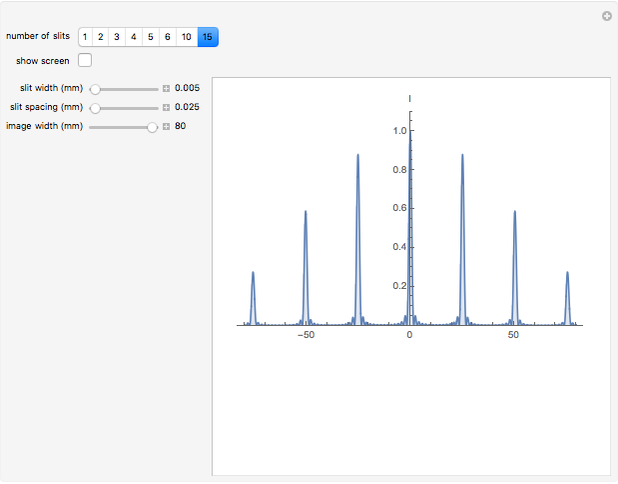
Revealing the pulse-induced electroplasticity by decoupling electron wind force. Understanding the mechanisms of electroplasticity from a crystal plasticity perspective. Electroplasticity-the effect of electricity on the mechanical properties of metals. Giant and controllable photoplasticity and photoelasticity in compound semiconductors. Extraordinary plasticity of an inorganic semiconductor in darkness. Photoplastic effect and Vickers microhardness in III–V and II–VI semiconductor compounds. Properties of II–VI semiconductors associated with moving dislocations. An electromechanical effect in semiconductors. Anisotropy of the effect of electronic and α-irradiation on the process of deformation of zinc single crystals in the brittle state. In situ transmission electron microscopy investigation of electroplasticity in single crystal nickel. Defect reconfiguration in a Ti–Al alloy via electroplasticity. Thermally activated plastic flow of metals and ceramics with an electric field or current. In situ visualization of long-range defect interactions at the edge of melting. Dynamic observations of dislocation behavior in SrTiO 3 by in situ nanoindentation in a transmission electron microscope. Kondo, S., Shibata, N., Mitsuma, T., Tochigi, E. In situ observation of shear-driven amorphization in silicon crystals. Dislocation-mediated shear amorphization in boron carbide. Dislocation-induced stop-and-go kinetics of interfacial transformations. Three-dimensional imaging of dislocation propagation during crystal growth and dissolution. Dislocation motion in GaN light-emitting devices and its effect on device lifetime. Room-temperature ductile inorganic semiconductor. Mechanical Behavior of Materials (Waveland Press, 2005). Thermomechanical processing of beta titanium alloys-an overview. Über eine art gitterstörung, die einen kristall plastisch machen könnte. The mechanism of plastic deformation of crystals.

This study provides direct evidence of dislocation dynamics controlled by a non-mechanical stimulus and opens up the possibility of modulating dislocation-related properties. Both negatively and positively charged dislocations are directly resolved, and their glide barriers decrease under an electric field, explaining the experimental observations. We reveal the non-stoichiometric nature of dislocation cores and determine their charge characteristics. Here we present real-time observations of dislocation motion controlled solely by using an external electric field in single-crystalline zinc sulfide-the dislocations can move back and forth depending on the direction of the electric field. However, the goal of manipulating dislocation motion via a non-mechanical field alone remains elusive. For decades, the movement of dislocations has been widely observed in crystalline solids under mechanical loading. Dislocation motion, an important mechanism underlying crystal plasticity, is critical for the hardening, processing and application of a wide range of structural and functional materials.


 0 kommentar(er)
0 kommentar(er)
